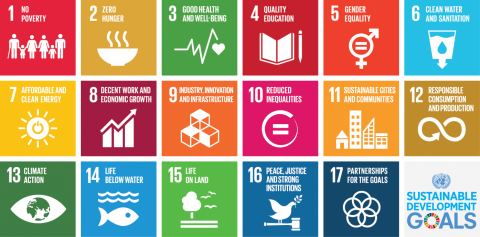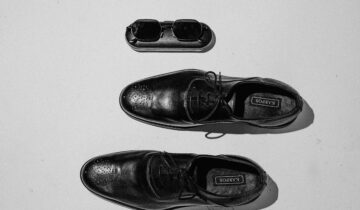Every year, about 20bn leather shoes are globally produced. That implies that every day roughly 55,000,000 shoes are made. Hmmm, so if they are made of leather, then how many snakes, lizards, cows, alligators, ostriches, crocodiles, etc, are killed every day to meet this demand? I’ll let you do the math. So take a look at the shoes you’re wearing also mentally scan through your closet and count how many shoes are in there. Are you feeling funny? Now you’re seeing the big picture. Because of the ever-increasing demand for shoes needed to be made, there’s a corresponding burden placed on the supply of leather cos truth be told, it has to come from somewhere. So how do we do this? How do we strike an acceptable balance between production without the complete detriment of the environment? Moreover, is shoe production even sustainable? These questions and more are what we want to try and answer as best as we can in this post. I’ll advise sticking around till the end.
But sustainability in shoemaking isn’t just a question to be asked relative to the environment alone. It should be questioned relative to other things as well, such as employees, customers, noncustomers, and the economy as well. So to be able to give an unbiased analysis, we would be considering five of the United Nation’s Sustainable Development Goals (SDGs)
SDG 3: Good Health and Well-Being
One thing that is a fundamental human right throughout an individual’s daily life, is safety and this can be seen in Maslow’s Hierarchy of Needs Pyramid6. In other words, a safe working environment is essential, as it positively contributes to the health of an organization’s employees. Besides, it is also beneficial for the organization itself since a safe working environment increases productivity, employee retention rates, employee satisfaction, and a positive brand image. The higher the productivity and employee satisfaction is, the more likely it is that an organization will flourish in the market.
Also, with employee productivity comes better and more unofficial ways to please our customers. It helps us develop new products and services that meet customer needs—healthy and safe lives in the case of SDG 3.
SDG 8: Decent Work and Economic Growth
At Karpos, we strive to create a workforce that is able to adapt to changing environments. This can be achieved by focusing on programs that…. This can help employees adapt to changing working environments and improves the atmosphere on the work floor, which in turn creates better working conditions. Moreover, the briefing population and increasing level of globalization will, in turn, create an increase in demand as well as more job opportunities thus contributing to the economy.
SDG 9: Industry, Innovation and Infrastructure
The leather industry is an ever-growing one. The Nigerian leather industry is a patchwork of production clusters situated in a friendship of major cities that circle Kano, Aba, Onitsha, and Lagos. These urbanities account for a huge proportion of skin activity and income in the industry. As a matter of fact, the leather industry in Nigeria certainly has room for more growth.
Last year, the Nigeria Economic Summit Group (NESG) estimated that Nigeria’s leather industry could generate over $1 billion in export earnings by 2025 – a 70% increase from today’s figures.
Nigeria Economic Summit Group (NESG), 2020
In relation to SDG 9, this will build resilient infrastructure, promote inclusive and sustainable industrialization, and foster innovation which relates to investments made in the industry, innovation, and infrastructure to drive economic growth. In addition, as a company Karpos, we plan to contribute to the industry, by increasing production to 1000 shoes per month this we will achieve by innovative methods such as introducing patina, as well as other brands, know or Nobel to other parts of the world.
SDG 12: Responsible Consumption and Production
SDG 12 relates primarily to promoting resource and energy efficiency both in consumption and production. It is therefore important to ask how the leather industry achieved this with about 55m shoes made a day. Or more importantly, with Karpos aiming to increase production, how do we achieve this? Well, we don’t – just kidding, the Leather industry is a very old manufacturing sector producing a broad range of goods such as leather footwear, leather bags, leather garments, and so on. The raw material used in leather industry is derived from the waste product of food industry, specifically from meat processing. This waste product is converted into desirable and useful leather products. Leather and its products are one of the most traded products globally. They are produced from renewable and readily available resource.
Yes, you read right! Shoes are made from wastes and by-products of the food industry. So is it sustainable? Yes. Is this how we strike a balance? Yes. Should I feel funny? Absolutely nothing!
However because it says “Responsible Consumption” this implies that the societal responsibility for SDG 12 does not only relate to businesses, but also to consumers. So let me ask you a question; How well do you take care of your shoes?
Want some tips? Click here on some pro tips on proper shoe care.





 No products in the cart.
No products in the cart.